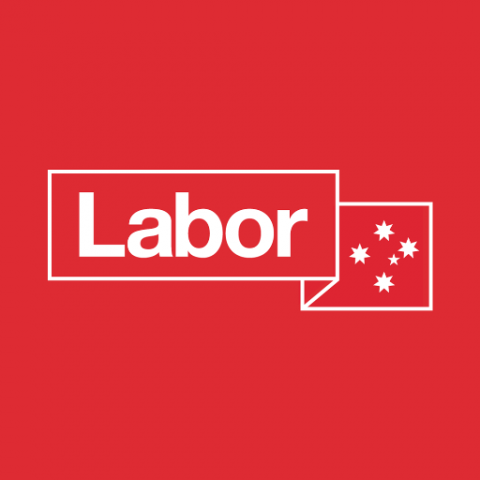As the wait for Labor's NBN plan continues it is timely to discuss how Labor might benefit by taking a realistic approach to broadband policy and in The Australian the discussion centres on why Labor should not try to turn back the clock to 2013 because renegotiating existing contracts would inevitably lead to further delays and cost blowouts.
Read the full article below
Bill Shorten is better off keeping the details of his first-rate fibre NBN close to his chest until the election is sorted.
The federal election campaign is edging closer to finish line and while the National Broadband Network (NBN) may not be the most prominent issue as far as voters are concerned, it would be a mistake to downplay the role of broadband access in Australia as a driver of future economic growth.
The NBN has been a divisive project and one that has now seen both Labor and the Coalition make serious mistakes as far as delivery is concerned. With billions sunk into the project the immediate prospects of the NBN look bleak. The technology pathway is less than ideal; the rollout rate is still slow; and on its current trajectory, the project’s numbers are unlikely to stack up.
On the infrastructure front, the Coalition’s multi-technology approach sets us back in comparison to our global peers. New Zealand’s rapid Fibre to the Premises (FTTP) rollout mirrors what’s happening in majority of nations around the world today. The annual global growth rate in new broadband connections for 2015 was dominated by FTTP (60.6 per cent) while Fibre to the Node/Basement (FTTN/FTTB), which is preferred by the Coalition, (14.7 per cent) is slightly higher than wireless (10.5 per cent) and satellite (8.5 per cent) according to US telecommunications market intelligence provider Point Topic.
A Labor win at the 2016 Federal Election is likely to mean a shift back towards FTTP but contracts and agreement signed by NBN Co over the past two years for FTTN and the remediation of the Telstra HFC network, prior to it transitioning to become part of the NBN, will make it difficult for an immediate return to the original model.
Opposition leader Bill Shorten indicated in his Budget reply speech that Labor will return to a first-rate fibre NBN. Just what that entails is unknown at the moment and things may remain that way until the election is done and dusted.
Labor now faces a conundrum about whether or not to release a new broadband policy that takes into account the changed conditions at NBN Co and the state of the NBN rollout. Any attempt to identify how the shift back to a first-rate fibre NBN might occur is fraught with danger because by releasing a policy, with any level of detail, there will be an opportunity for the Coalition to pick apart the details. It should be anticipated that the Coalition is sitting on a trove of material (more “leaks” from NBN Co?) that can be made available if and when Labor decides to release a detailed new broadband policy.
There’s no doubt that the Coalition is chaffing at the bit waiting for Labor to release a new broadband policy and Communications Minister Mitch Fifield went so far as to demand that Labor release a new broadband policy when he claimed on April 5 that Labor had “squibbed it” when a new policy was not released at an industry forum.
The Government is under pressure to respond to the mounting criticism of its broadband plan and Labor has nothing to gain by providing the Coalition with an opportunity to confuse voters.
Coalition strongholds, like the west coast of Tasmania, are under threat at the election because many areas, particularly in rural Tasmania and Western Australia, that were promised FTTP under Labor are being forced onto the satellite service as part of the Coalition’s NBN.
Turnbull is unlikely to do a backflip before the election and give the go ahead for NBN Co to put fibre into the west coast of Tasmania to provide fixed access broadband connections. But pressure is mounting for Turnbull to act to shore up support in rural Tasmanian electorates. Labor has the opportunity to make the Coalition’s erratic and failing NBN plan a vote winner by saying no more than it already has and taking every opportunity to remind voters that Turnbull’s personal involvement with the Coalition’s broadband plan has been an abject failure.
And with the Federal Election weeks away it’s perhaps timely to answer one of the questions that I’m asked regularly and this is what should the NBN provide Australia after the ten year rollout is completed?
The response is simple: for Australia to fully achieve its digital potential we need a broadband architecture that’s optimised with the best possible technology. Fibre to the premises is the best technology solution and the economics of rolling it out becomes more viable every day. The best possible outcome for the NBN has already been lost but there’s still a chance to pursue the next best option — one that looks to push fibre as close to the premises as possible and removes copper from the equation.
Whether Labor can actually make this happen remains to be seen but for now silence might be the best policy for Shorten.
Mark Gregory is a senior lecturer in the School of Engineering at RMIT University.





